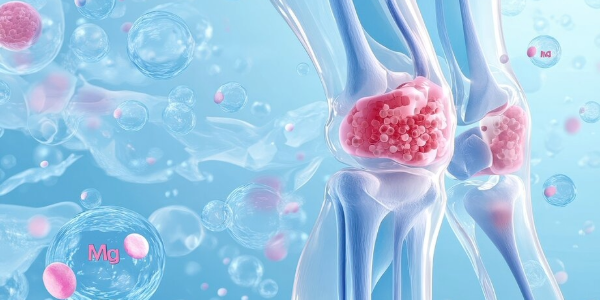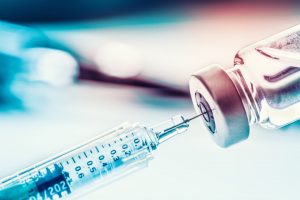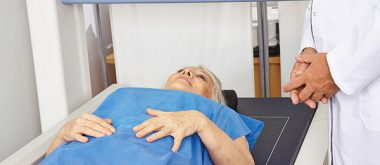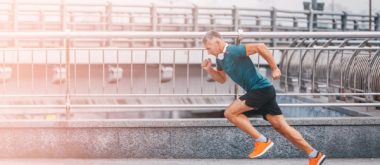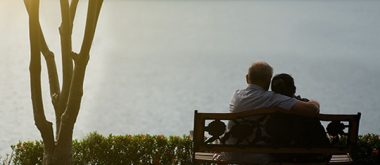A research team led by Professor Hyung Joon Cha of the Department of Chemical Engineering and the Graduate School of Converging Science and Technology at POSTECH, specializing in medical science, together with Dr. Jinyoung Yun and integrated program student Hyun Taek Woo of the Department of Chemical Engineering, has developed an innovative injectable adhesive hydrogel for bone regeneration. This hydrogel uses harmless visible light to achieve simultaneous cross-linking and mineralization without the need for bone grafts. The groundbreaking research paper was recently published online in Biomaterials.
New Hydrogel System Uses Visible Light to Aid in Bone Regeneration
Bone defects caused by various sources such as trauma, infection, and congenital anomalies are becoming increasingly prevalent in aging societies. Conventional treatments often involve bone grafts combined with serum or bioadhesives to fill the defect. However, existing injectable hydrogels have faced challenges such as the difficulty of maintaining their shape in the body and limited adhesive strength. Furthermore, conventional methods using bone grafts with adhesive materials often fail to achieve “bone regeneration” and “adhesion” at the same time.
The POSTECH team has introduced a novel system that addresses these limitations. This new hydrogel system uses visible light – which is harmless to the human body – to facilitate cross-linking, in which the main components of the hydrogel bind and harden, and to simultaneously promote mineralization, in which bone-forming minerals such as calcium and phosphate form in the hydrogel. While previous studies have explored the use of light in similar applications, they have faced problems such as the need for separate preparation and mixing of bone grafts and adhesives, and weak bonding of the main components that often deteriorated over time.
Bone Tissue Regeneration Technology Will Advance Significantly
The newly developed hydrogel precursor consists of alginate (a natural polysaccharide from brown algae), mussel adhesive protein containing RGD peptides, calcium ions, phosphonodiols and a photoinitiator. The coacervate-based formulation, which is not miscible with water, ensures that the hydrogel retains its shape and position after injection into the body. When irradiated with visible light, crosslinking occurs, along with the simultaneous formation of amorphous calcium phosphate, which serves as a bone graft material. This eliminates the need for separate bone grafts or adhesives, so that the hydrogel enables both bone regeneration and adhesion.
In animal model experiments with femoral bone defects, the hydrogel was successfully injected, adhered precisely and effectively delivered the components essential for bone regeneration. Prof. Cha commented: “The injectable hydrogel system for bone regeneration developed by our research team represents an innovative alternative to conventional complex treatments for bone diseases and will significantly advance bone tissue regeneration technology.”
